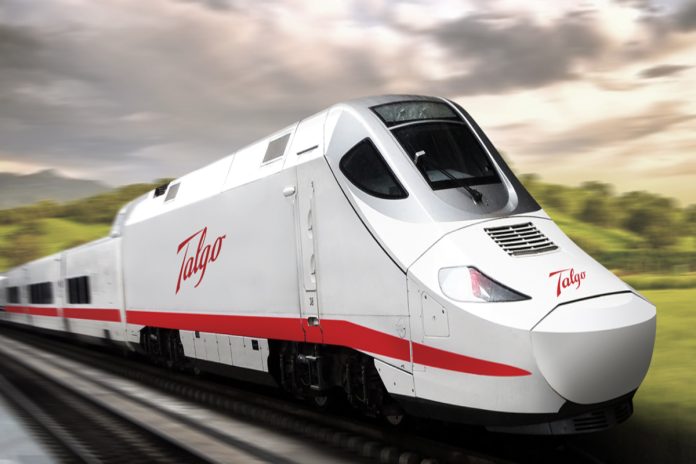Indian Railways (IR) is all set to bring tilting trains in the country by 2025-26. The technology enables trains to run at higher speeds on regular broad-gauge tracks.
Swarajya explains the concept of tilting trains and trace its implementation in global rail network.
What Are Tilting Trains?
For any rail network, travelling time is the most obvious performance indicator which may be improved by introducing high-speed trains.
High-speed trains require straight track or at least tracks with large curve radii not to impair the ride comfort. These high-speed trains, further, have to slow down to avoid passenger discomfort or skidding off the track, while negotiating less banked curves.
A solution to this problem lies in a design that allows tilting of the superstructure of the coach without modifying the track.
Such trains are often called tilting trains and constitute a less costly alternative than building new tracks with large curve radius.
How Do Tilting Trains Work?
As a train rounds a curve at speed, it causes objects to shift their positions and are subject to lateral forces. Seated passengers feel squashed by the armrest, standing passengers tend to lose their balance.
The design of the tilting trains counteracts this lateral movement.
Tilting coaches have such suspension features which enables them to tilt away from the centre of the curve while negotiating one.
The tilt inwards reduces the centrifugal force felt by the passengers, allowing the train to pass curves at enhanced speed while reducing the discomfort to passengers which they would feel in a normal suspension train.
According to Sweden-based KTH Engineering Sciences, “The basic principle of tilting trains is to roll the car body inwards during curve negotiation in order to reduce the lateral acceleration perceived by the passengers.”
Is Tilting A Proven Technology?
The first experiment on reducing the centrifugal force felt by the passenger and thereby allowing higher speeds in curves, date from the late 1930s.
In 1956, Pullman-Standard, a U.S rail-road manufacturer built two train sets, called Train-X, which became the first tilting trains in commercial service.
The first large series of tilting trains were the Japanese class 381, which started to run between Nagoya and Nagano in 1973.
The first successful European tilting train design was the Talgo, developed in the 1970s, which has been widely adopted by the Spanish National Railways.
Today such trains are operating in 11 countries including Italy, Portugal, Slovenia, Finland, Russia, the Czech Republic, United Kingdom, Switzerland, China, Germany and Romania.
Has Indian Railways Made Any Attempt At Getting Tilting Trains?
The Indian railways has explored a number of options in the past regarding such trains, but no decision has ever been made.
In 2017, the Ministry of Railways and Federal Department of the Environment, Transport and Communications of the Switzerland Government signed a Memorandum of Understanding (MoU) for technical cooperation in Rail sector.
The MoU enabled cooperation in areas such as traction rolling stock, EMU, train sets and tilting trains among others. The government also considered a breakthrough proposal by Spanish company Talgo.
Talgo tilting trains were tried on the New Delhi-Mumbai corridor and two other corridors in 2016, but nothing concrete came out of these trials.
The Key Benefits Envisaged From Tilting Trains
Tilting train will be capable of running at higher speed on curves, without any discomfort to passengers, and without any curve re-alignment in existing IR Track.
Being much lighter, these trains offer better accelerations with the same hauling power. This, in turn, reduces journey time without increase in peak speeds and in energy requirement.
Further, these trains increase the track availability as the maintenance of track is expected to be reduced due to absence of conicity and less weight per passenger.
The technology is accepted by most train operators, but motion sickness is an issue still holding back the full potential of tilting trains.
The difference between non-tilting and tilting rolling stock has received particular interest, as the tilting trains usually cause more motion sickness than non-tilting ones.
What Is The Current Plan For Roll-Out Of Tilting Trains In India?
According to the Railway officials, 100 of the 400 Vande Bharat trains that will be produced by 2025 will have tilting train technology.
The Indian railway is going to tie up with a technology partner for rolling out this technology.
In the Union Budget 2022-23, Finance Minister Nirmala Sitharaman announced that 400 new-generation Vande Bharat Trains with better energy efficiency and passenger riding experience will be developed and manufactured during the next three years.
The need for having tilting technology in Vande Bharat trains is based on improving the ride comfort and achieve the maximum speed up to 180 km ph.


